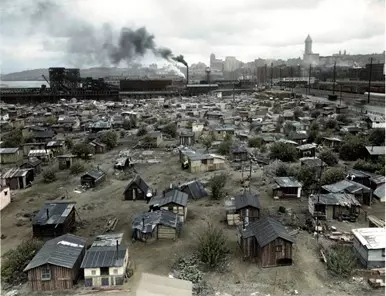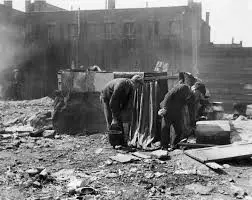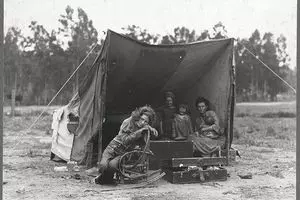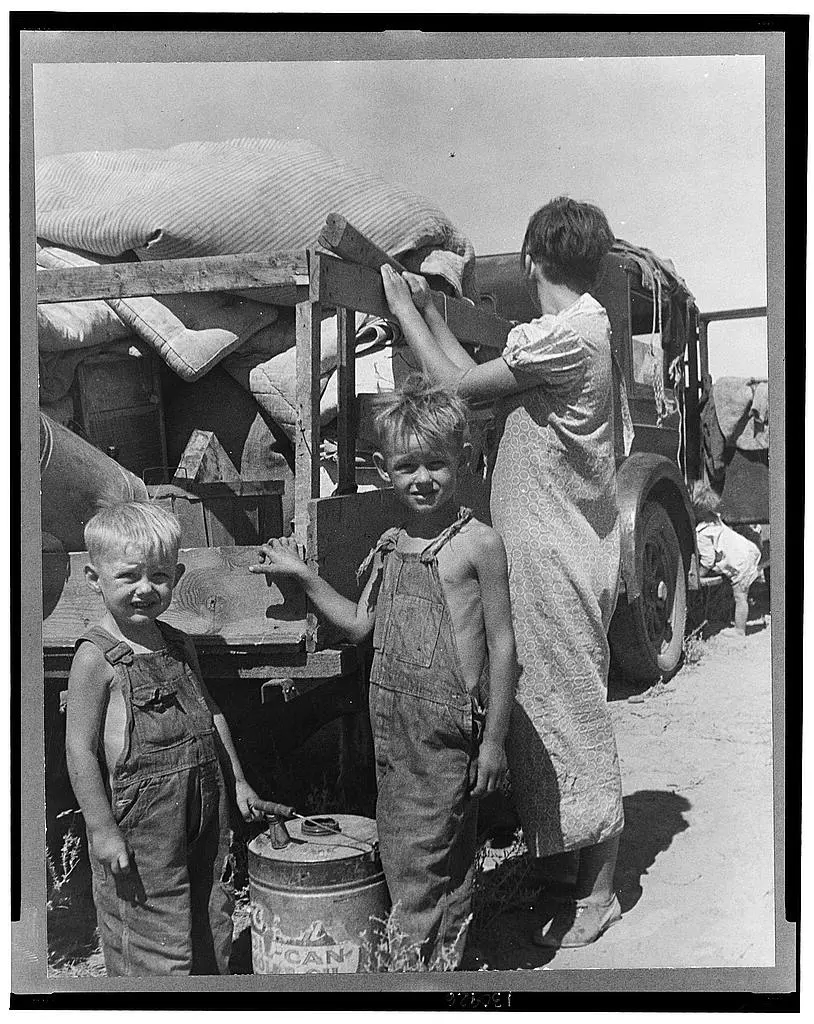
Washington Duwamish Tidal Flats Hoovervilles, 1935
The photo below shows Hooverville in Seattle, Washington, where unemployment reached 26 percent by January 1935. The site would not be closed until the mid-1950s.
America, and the world in general, had become a dark and bleak place to live. People were losing hope. Many families in the Great Depression were too poor to afford even the cheapest of housing. Some of them had been evicted, some had lost their homes, and some just had nothing left at all after the market crashes. They moved to Hoovervilles, areas with makeshift shelters set up near cities. The name Hooverville was meant to mock President Hoover for his lack of response to the crisis.

Hoovervilles were made up of scraps, including old tires, cardboard boxes, newspapers, and flattened metal. The residents made their shelters with anything they could find, often creating unsafe living conditions. In 1932, the United States Children’s Bureau and the Travelers Aid Society reported that there were at least 25 thousand families wandering around the country. It was believed that this was just a fraction of the actual number. These families were susceptible to diseases while traveling due to their lack of adequate food and shelter. Most of the time, the families just got in their cars and stopped at campsites set up by other vagrants along the way to search for jobs in the area.

During this time, many children were deprived of an education because they had to keep moving around searching for work. Many communities had to close their schools because they had no money. Some children were lucky enough to attend schools in which the teachers did not care that they would be paid next to nothing and continued educating anyway. Many children also suffered from malnutrition, which affects the cognitive ability and childhood development.

The Story: Part of an impoverished family of nine on a New Mexico highway. Depression refugees from Iowa. Left Iowa in 1932 because of father’s ill health. Father an auto mechanic laborer, painter by trade, tubercular. The family has been on relief in Arizona but refused entry on relief rolls in Iowa to which state they wish to return. Nine children including a sick four-month-old baby. No money at all. About to sell their belongings and trailer for money to buy food. ‘We don’t want to go where we’ll be a nuisance to anybody,” the mother said.
Could this happen to America today?